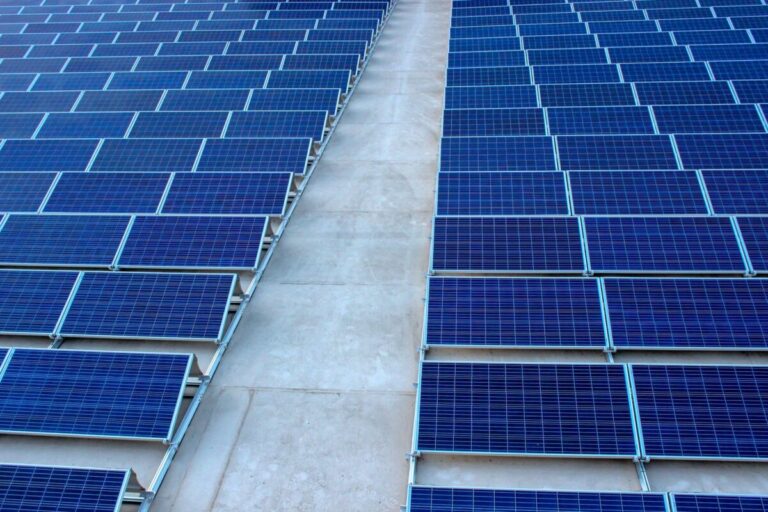The Philippines’ energy regulator reports a positive trend in the adoption of net metering after strengthening its information and education campaigns.
This was announced by the Energy Regulatory Commission (ERC) of the Philippines 13,189 certificates of compliance (COC) for 116.3 MW of total capacity to qualified end users under the net metering program from 2015 until the end of June.
The regulator said the success of the scheme will depend on it on a series of information and education campaigns (IEC) and strategic partnerships it has implemented with regional governments.
“From 2015 to 2023, the number of net measurements increased [qualified end users] saw consistent growth except in 2020, amid the height of the Covid-19 pandemic. The number is average [qualified end users] grew by 58% per year until 2022. From 2022 to 2023, however [qualified end users] rose by 121%, from 1,867 to 4,125,” the ERC said in a statement.
The regulator has issued 4,124 new OCs of 37.9 MW in 2023.
“In terms of rated capacity per kilowatt per electricity grid, the Luzon network has the highest rated capacity of 82,321.40 kW or 70.79%, followed by the Visayas network with a total rated capacity of 27,935.33 kW or 24.02 %, while the Mindanao network has the lowest total rated capacity. capacity of only 6,035.41 kW or 5.19%,” the authority added, referring to the total capacity of the net metering system.
In November 2022, the Philippines increased the net meter size limit to 1 MW, up from the 100 kW threshold introduced in 2008.
The International Renewable Energy Agency (IRENA) reports that the country had 1,675 MW of installed solar capacity at the end of 2023, mainly from large-scale solar power plants.
This content is copyrighted and may not be reused. If you would like to collaborate with us and reuse some of our content, please contact: editors@pv-magazine.com.


